Where are the limits of human technology? And can we somehow avoid them? This is where quantum computers become very interesting.
Category: quantum physics – Page 1,074
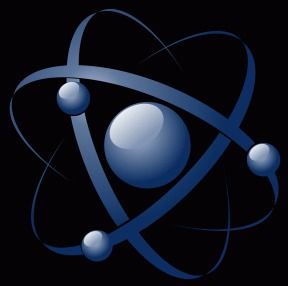
Quantum physics problem proved unsolvable: Godel and Turing enter quantum physics
A mathematical problem underlying fundamental questions in particle and quantum physics is provably unsolvable, according to scientists at UCL, Universidad Complutense de Madrid — ICMAT and Technical University of Munich.
It is the first major problem in physics for which such a fundamental limitation could be proven. The findings are important because they show that even a perfect and complete description of the microscopic properties of a material is not enough to predict its macroscopic behaviour.
A small spectral gap — the energy needed to transfer an electron from a low-energy state to an excited state — is the central property of semiconductors. In a similar way, the spectral gap plays an important role for many other materials. When this energy becomes very small, i.e. the spectral gap closes, it becomes possible for the material to transition to a completely different state. An example of this is when a material becomes superconducting.

Google says its quantum computer is more than 100 million times faster than a regular computer chip
Google appears to be more confident about the technical capabilities of its D-Wave 2X quantum computer, which it operates alongside NASA at the U.S. space agency’s Ames Research Center in Mountain View, California.
D-Wave’s machines are the closest thing we have today to quantum computing, which work with quantum bits, or qubits — each of which can be zero or one or both — instead of more conventional bits. The superposition of these qubits can allow great numbers of computations to be performed simultaneously, making a quantum computer highly desirable for certain types of processes.
In two tests, the Google Quantum Artificial Intelligence (AI) Lab today announced that it has found the D-Wave machine to be considerably faster than simulated annealing — a simulation of quantum computation on a classical computer chip.
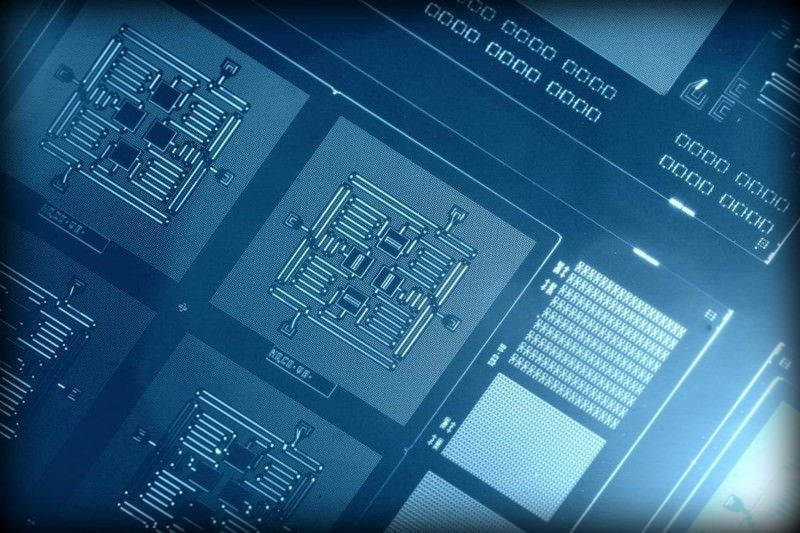
IBM to develop hardware to wipe out errors in quantum computing
(Image: IBM)
The race to build a full-blown quantum computer is heating up. Tech giant IBM has been working on error-correcting techniques for quantum hardware, and has now won funding from the US Intelligence Advanced Research Projects Activity (IARPA) to take it to the next level.
Quantum computers promise to vastly outperform normal PCs on certain problems. But efforts to build them have been hampered by the fragility of quantum bits, or qubits, as the systems used to store them are easily affected by heat and electromagnetic radiation. IBM is one of a number of companies and research teams developing error-correcting techniques to iron out these instabilities.
Controversial Quantum Machine Bought
Governments and leading computing companies such as Microsoft, IBM, and Google are trying to develop what are called quantum computers because using the weirdness of quantum mechanics to represent data should unlock immense data-crunching powers. Computing giants believe quantum computers could make their artificial-intelligence software much more powerful and unlock scientific leaps in areas like materials science. NASA hopes quantum computers could help schedule rocket launches and simulate future missions and spacecraft. “It is a truly disruptive technology that could change how we do everything,” said Deepak Biswas, director of exploration technology at NASA’s Ames Research Center in Mountain View, California.
Biswas spoke at a media briefing at the research center about the agency’s work with Google on a machine they bought in 2013 from Canadian startup D-Wave systems, which is marketed as “the world’s first commercial quantum computer.” The computer is installed at NASA’s Ames Research Center in Mountain View, California, and operates on data using a superconducting chip called a quantum annealer. A quantum annealer is hard-coded with an algorithm suited to what are called “optimization problems,” which are common in machine-learning and artificial-intelligence software.
However, D-Wave’s chips are controversial among quantum physicists. Researchers inside and outside the company have been unable to conclusively prove that the devices can tap into quantum physics to beat out conventional computers.
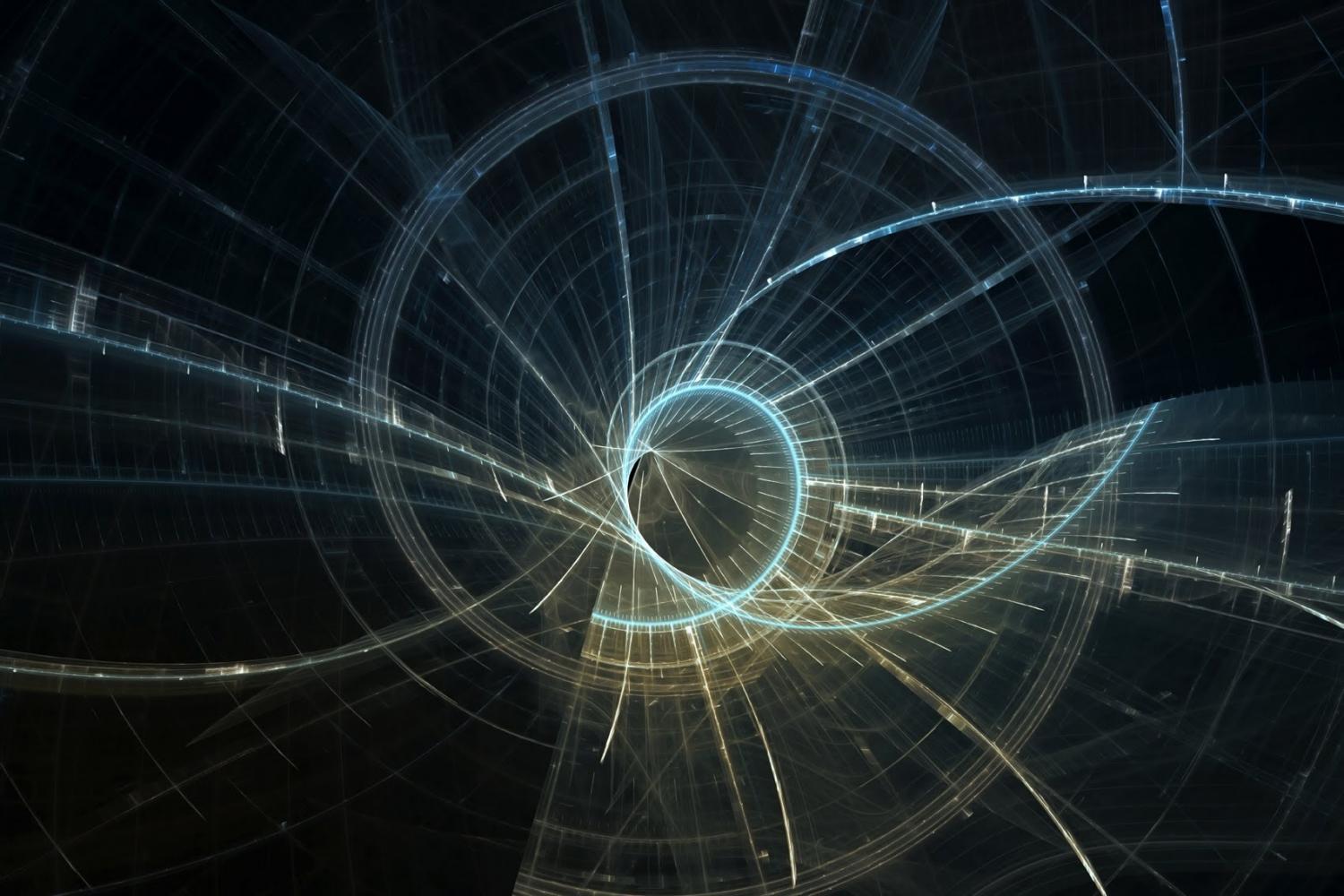
Physicists investigate unusual form of quantum mechanics
(Phys.org)—In a new study, physicists at Penn State University have for the first time proposed a way to test a little-understood form of quantum mechanics called nonassociative quantum mechanics. So far, all other tests of quantum mechanics have dealt with the associative form, so the new test provides a way to explore this relatively obscure part of the theory.
“Nonassociative quantum mechanics has been of mathematical interest for some time (and has recently shown up in certain models of String Theory), but it has been impossible to obtain a physical understanding,” coauthor Martin Bojowald at Penn State told Phys.org. “We have developed methods which allow us to do just that, and found a first application with a characteristic and instructive result. One of the features that makes this setting interesting is that much of the usual mathematical toolkit of quantum mechanics is inapplicable.”
Standard quantum mechanics is considered associative because mathematically it obeys the associative property. One of the fundamental concepts of standard quantum mechanics is the wave function, which gives the probability of finding a quantum system in a particular state. (The wave function is what determines the likelihood of Schrödinger’s cat being dead or alive, before the box is opened.) Mathematically, wave functions are vectors, and the mathematical operations involving vectors and the operators that act on them always obey the associative property (AB)C=A(BC), where the way that the parentheses are set doesn’t matter.

Holometer rules out first theory of space-time correlations
The extremely sensitive quantum-spacetime-measuring tool will serve as a template for continuing scientific exploration.
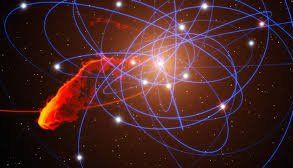
The Universe is a Quantum Algorithm, and the proof has been found in the … Stock Market
Which mean for us?
Recently, quantum gates and quantum circuits have been found when portfolios of stocks were simulated in quantum computation processes, pointing out to the existence of a bizarre quantum code beneath the stock market transactions. The quantum code of the stock market might prove to have a more profound signification if is related to the recent finding of quantum codes at the deepest levels of our reality, such as quantum mechanics of black holes and the space-time of the universe. Could this mysterious stock market quantum code be a tiny fragment of a quantum code that our universe uses to create the physical reality?
John Preskill’s talk „Is spacetime a quantum error-correcting code?” held at the Center for Quantum Information and Control, University of New Mexico, and previously at Kavli Institute for Theoretical physics, may represent a turning point in physical research related to questioning the existence and evolution of our Universe. The essence of this talk may change forever our understanding of the Universe, shifting the perspective of physical research from masses and energies to codes of information theory.
John Preskill, professor at California Institute of Technology, is well known mostly for his remarkable developments of quantum computational models, more specifically topological quantum computing. Preskill’s lectures inspire a whole generation of brilliant physicists working on quantum computation. This experience in quantum computing may point out Dr. Preskill to knock at the Universe gates with the unique perspective of a quantum code reality.
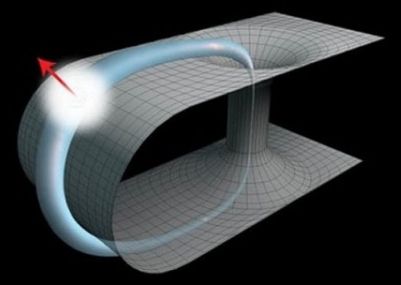
Australian Physicists Prove Time Travel is Possible
Scientists from the University of Queensland have used photons (single particles of light) to simulate quantum particles travelling through time. The research is cutting edge and the results could be dramatic!
Their research, entitled “Experimental simulation of closed timelike curves “, is published in the latest issue of Nature Communications. The grandfather paradox states that if a time traveler were to go back in time, he could accidentally prevent his grandparents from meeting, and thus prevent his own birth.
However, if he had never been born, he could never have traveled back in time, in the first place. The paradoxes are largely caused by Einstein’s theory of relativity, and the solution to it, the Gödel metric.
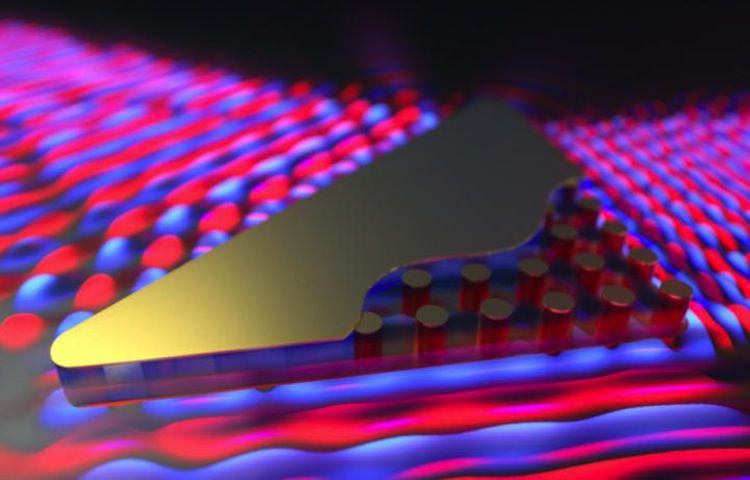
Light-Bending Microchip Could Fire Up Quantum Computers
For the first time, scientists have achieved infinite speeds on a microchip. Although this advance will not enable faster-than-light starships, the light-warping technology behind this innovation could lead to new light-based microchips and help enable powerful quantum computers, researchers said.
Light travels at the speed of about 670 million miles per hour (1.08 billion km/h) in a vacuum, and is theoretically the fastest possible speed at which matter or energy can travel. Exceeding this speed limit should lead to impossible results such as time travel, according to Einstein’s theory of relativity.
However, in a way, researchers have overcome this barrier for decades. [Warped Physics: 10 Effects of Faster-Than-Light Travel].